12 best ways to improve your running economy
let's start with the definition:
Running economy (RE) is the amount of energy that is needed for running at a given velocity and effort.
It is measured by the runner's uptake of oxygen (VO2), after they have reached a steady-state, and their respiratory exchange ratio (RER).
This is a lot of scientific wordiness but the basic idea of RE is simply that runners, taking into account body mass, with a good RE expend less energy and need less oxygen than runners with poor running economy.
It is a strong predictor of aerobic fitness level so we can assume that the higher our running economy is the higher our aerobic fitness level should be.
On this page we will discuss:
- benefits of improving your running economy
- factors that influence economy
- how to test your efficiency
- ways and action steps to actually improve your economy as a runner!
Why Should You Care About Running Economy?
There is a direct correlation between running performance and running economy.
The more you are able to improve your RE, the better the racer, and the runner you can potentially become.
RE takes into account proper running form, footstrike, running kinematics and kinetics, and physiological and biomechanical functions.
By improving your RE you will be at a lower risk for injury, you can become faster, and you will be better equipped to reduce muscle soreness and fatigue after a running session.
Therefore, the benefits to focusing on your running economy are:
- a lower risk incurring a running injury
- an increase in your capability to become faster in a faster period of time
- you will need less energy when running in order to run faster and and longer
- you will experience less fatigue when running longer distances and faster paces
- you will be better equipped to reduce muscle soreness and fatigue after a run
These benefits will all translate into your next race training or big running goal!
As most runners are enticed by the benefits of having a higher running economy (and for good reason), let's talk about some ways to improve it!
Factors that influence Running Economy
These factors are largely physiological and biomechanical and will vary between individuals.
- Cellular metabolism
- Mitochondria production (the mitochondria is the power house of the cell and produces the cells energy)
- Muscle Stiffness which is related to the quantity of elastic energy that can be stored and released in the muscles
- Propulsive forces and the rate of force development that a runner can attain.
- Essentially, the shorter the time it takes to develop a contraction the less oxygen you will need.
- Body position and running form
- Gait pattern
- Proper footstrike
How to Test Your Running Efficiency
When testing your running economy you will find out how much oxygen is required for you to move 1 kilogram of your body mass.
Therefore, if you wish to know exactly how efficiently you run, you will need to find an exercise physiologist/scientist and a treadmill.
Try to find an exercise laboratory or contact a college, university or research center nearby you that has a Kinesiology, Exercise, or Health program.
Students need practice and they are usually more than willing to have a subject. You will be analyzed while running on a treadmill and your body mass, footwear, and nutrition are all taken into account.
They will then be able to give you personal tips on how to improve your RE, gait, form, etc. It really is very enlightening especially if you are a serious runner.
How to Improve Your Running Economy
1. Strength training
Strength Training allows muscles to store and use more elastic energy. Knowing how to utilize elastic energy is the key to great RE. Strength training obviously makes your muscles stronger and more apt to become more efficient with energy expenditure.
Weak muscles are harder to control and waste a lot of energy by not doing what we want them to do.
Action Step: Include strength training into your weekly routine at least 2x a week. Focus on your 5 major muscle groups (upper back, lower back, abdomen muscles, leg muscles, and chest) at least one time per week. Check out this beginner strength training program.
2. Avoid running downhill before a race or important run in order to improve RE.
Running downhill has proven to decrease RE from anywhere between 24-120 hours afterwards.
This is due to your body applying braking forces (eccentric forces) as you are running downhill in order to help you not run out of control on your way to the bottom. This is a good thing however unfortunately it requires a lot of for our body to do this.
The good news is that another bonus of strength training is it helps us to maximize the conservation of energy when we apply braking forces when running downhill and therefore we, again, improve our running economy.
3. Perform plyometric exercises or running drills.
Running drills increase neuro-muscular adaptations in the muscle, improve muscle stiffness (ability to store and release elastic energy) and alters your muscle fiber composition from anaerobic to more aerobic muscle fibers which are necessary for endurance running.
This means that your body is more capable of running long distances because it has replaced faster twitch power muscles with slower more aerobic muscle fibers that are able to use oxygen more efficiently.
Action Step: include a series of running drills into your warm-ups 1-2x per week. Here are some examples of running drills you can do.
4. Run at a higher altitude.
Altitude training trains the body to use oxygen more efficiently and increases the metabolic functions in the muscles. The less oxygen that your body requires to run, the greater your RE will be. As there is naturally less oxygen at higher altitudes this forces your body to need less oxygen in order to run long distances. This translates to you becoming a stronger runner.
5. Train in warmer climates.
Training in the heat allows your body's thermoregulation mechanism to improve which helps to reduce the work of your cardiovascular and muscular system and decreases your body's need for oxygen.
Action Step: if you live in a colder climate, you can consider not turning the heat down when you run inside one one of your running days each week or just layer up with an extra jacket or sweatshirt if you are running outside. This will train your body a bit harder. Just be careful to drink more water when you are finished!
6. Wear minimalist running shoes.
Running in minimalist shoes versus more traditional, standard, shoes improves RE due to the natural way they allow your foot to move.
Simply put, traditional running shoes bind your feet up and do not allow them to move in their natural way, minimalist shoes don't do this allowing you to increase your running efficiency.
Action Step: if you don't already, consider a more minimalist pair of running shoes. My favorite minimalist shoes are the Xero HFS running shoes!
7.Run barefoot!
The jury is out whether or not this improves RE at both low and high exercise intensities and increases your ability to use oxygen efficiently.
For barefoot runners, the placebo effect if there is no real benefit might be enough.
Personally, I like to keep my shoes on at the very least to protect myself from undesirable objects and unknown things on the ground.
Action Step: run in minimalist shoes such as the Xero HFS running shoes which mimics barefoot running but also provides that protection from objects on the ground. Another great idea is to do some of your cross training workouts at home on your mat or rug without shoes on.
8. Train yourself to have the correct body position and good form.
Being able to move efficiently and with proper running form will allow you to conserve more energy.
Action Step: Read my tips for running with correct running form. Have someone take a video of you so that you can analyze your form and see which area you should focus on improving the most during your runs.
9. Prevent muscle soreness.
If your body is recovering from exercise induced muscle damage such as soreness your body will not allow you to run as efficiently as normal and your RE will suffer.
Therefore prioritize rest and recovery throughout your week!
Action Step: stock up on some running recovery essentials and download this running recovery timeline to use after your longer training runs!
10. Keep putting time in on the roads.
Training and putting in the miles allows your body to adapt to an efficient pattern as it becomes more familiar with the movements that you are requiring it to do.
That is why it is important to try and employ good form from the beginning of your love affair with running.
Action Step: if you will be training for a long distance race in the near future, do yourself a favor and run at least 2-3x a week until you officially begin training.
11. Run long distances.
Those who are long distance runners have a higher RE than those who run middle or short distances.
Their bodies are more adapted to the challenges and demands of endurance running and they have learned how to save energy over the long miles they have put behind them.
Action Step: if you are not training for a race but will be during the next couple of months, schedule in a longer run every week to every few weeks. How far your long run is will depend on your current endurance level and your future race distance. This could be 6 miles for a half marathoner and 10-12 miles for a marathoner.
If you want to learn more on how to increase running stamina and endurance then see this wonderful article on Run with Caroline!
12. Learn how to breathe properly and use proper breathing posture!
There are different breathing techniques that you can use depending on your pace that will definitely help to improve your efficiency and comfort!
Action Step: read my breathing tips for runners during a run. Implement proper breathing posture during your runs!
In Conclusion:
If you are a serious runner who wants to meet certain running goals, it can make a world of difference to your fitness level and your running if you focus on improving your running efficiency.
Hopefully you can implement one of the 12 ways listed above into your routine so that you can begin to see gains in your running!
Related Pages:
I'd Love to stay in touch!
Join 23,000+ Other runners and receive my weekly training newsletter!
I'll send you my free 24 Hour Timeline Checklist of Things You Should Do After a Long Run when you sign up!
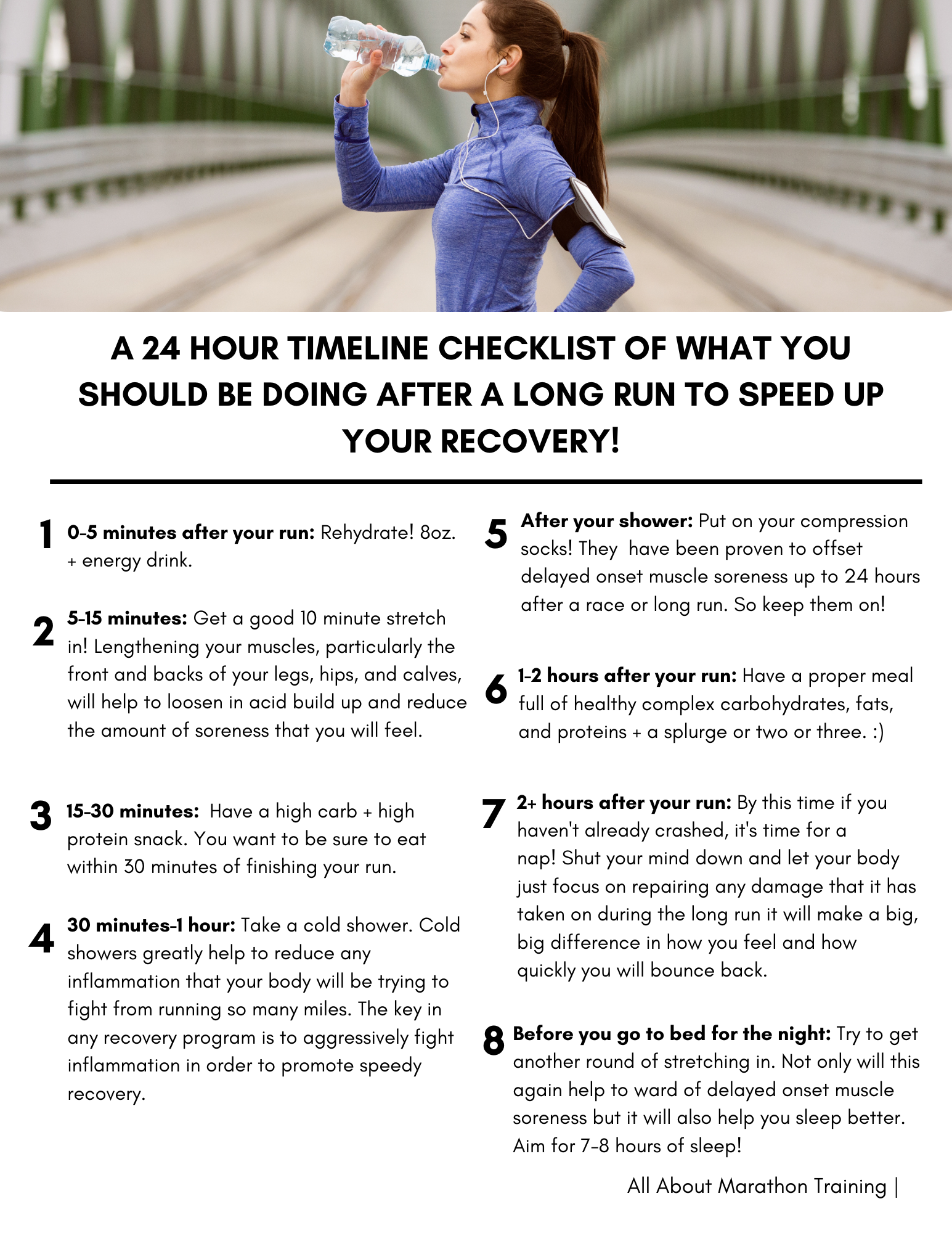
As featured on:

Resources
Assumpção, Cláudio De Oliveira. "Exercise-Induced Muscle Damage and Running Economy in Humans." National Center for Biotechnology Information. U.S. National Library of Medicine, 04 Feb. 2013. Web. 29 Oct. 2014.
Perl, Daniel P., Adam I. Daoud, and Daniel E. Lieberman. "Effects of Footwear and Strike Type on Running Economy." Medicine & Science in Sports & Exercise 44.7 (2012): 1335-343. Web.
Reeves, K., J. Corbett, and MJ Barwood. "Barefoot Running Improves Economy at High Intensities and Peak Treadmill Velocity." The Journal of Sports Medicine and Physical Fitness (2014): n. pag. Web
Saunders, Philo U., David B. Pyne, Richard D. Telford, and John A. Hawley. "Factors Affecting Running Economy in Trained Distance Runners."Sports Medicine 34.7 (2004): 465-85. Web.
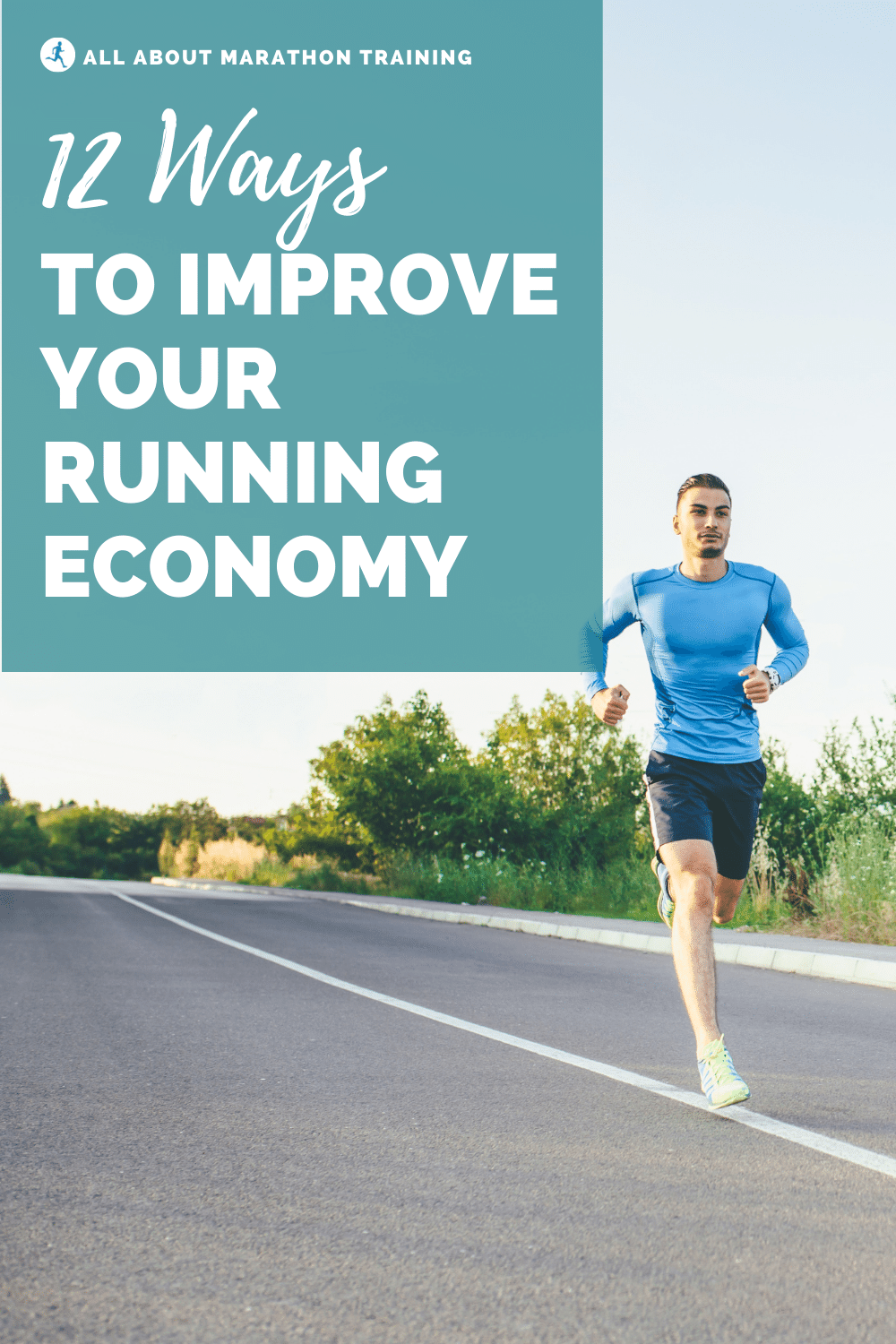

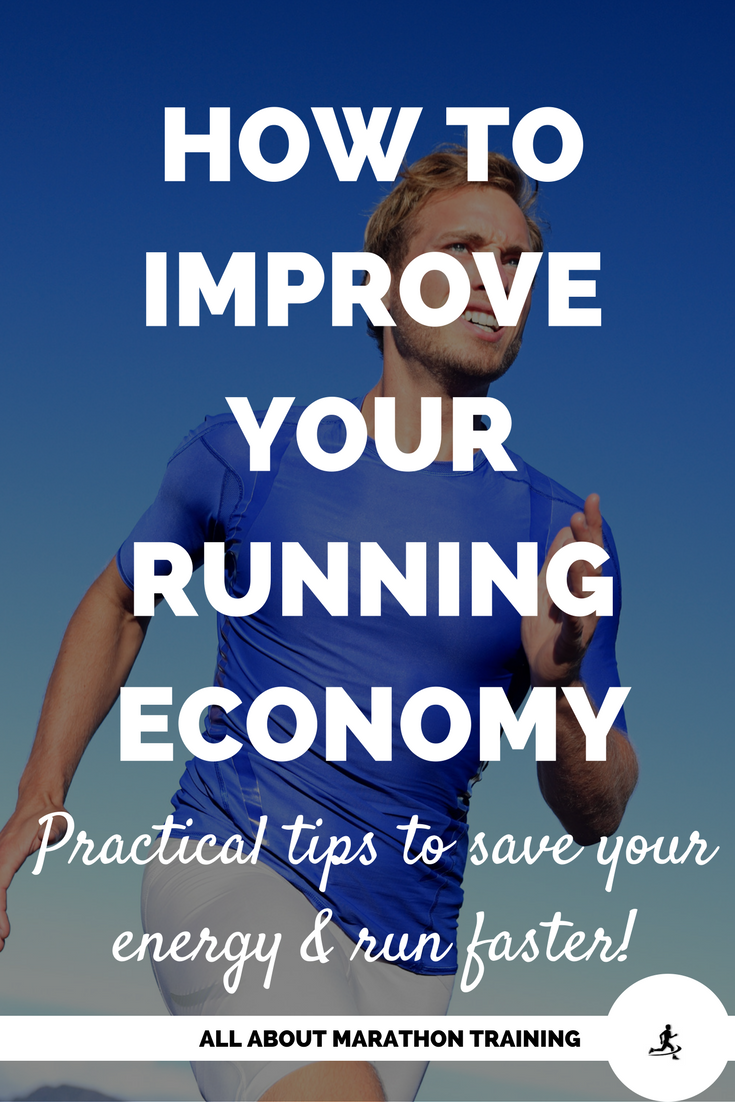
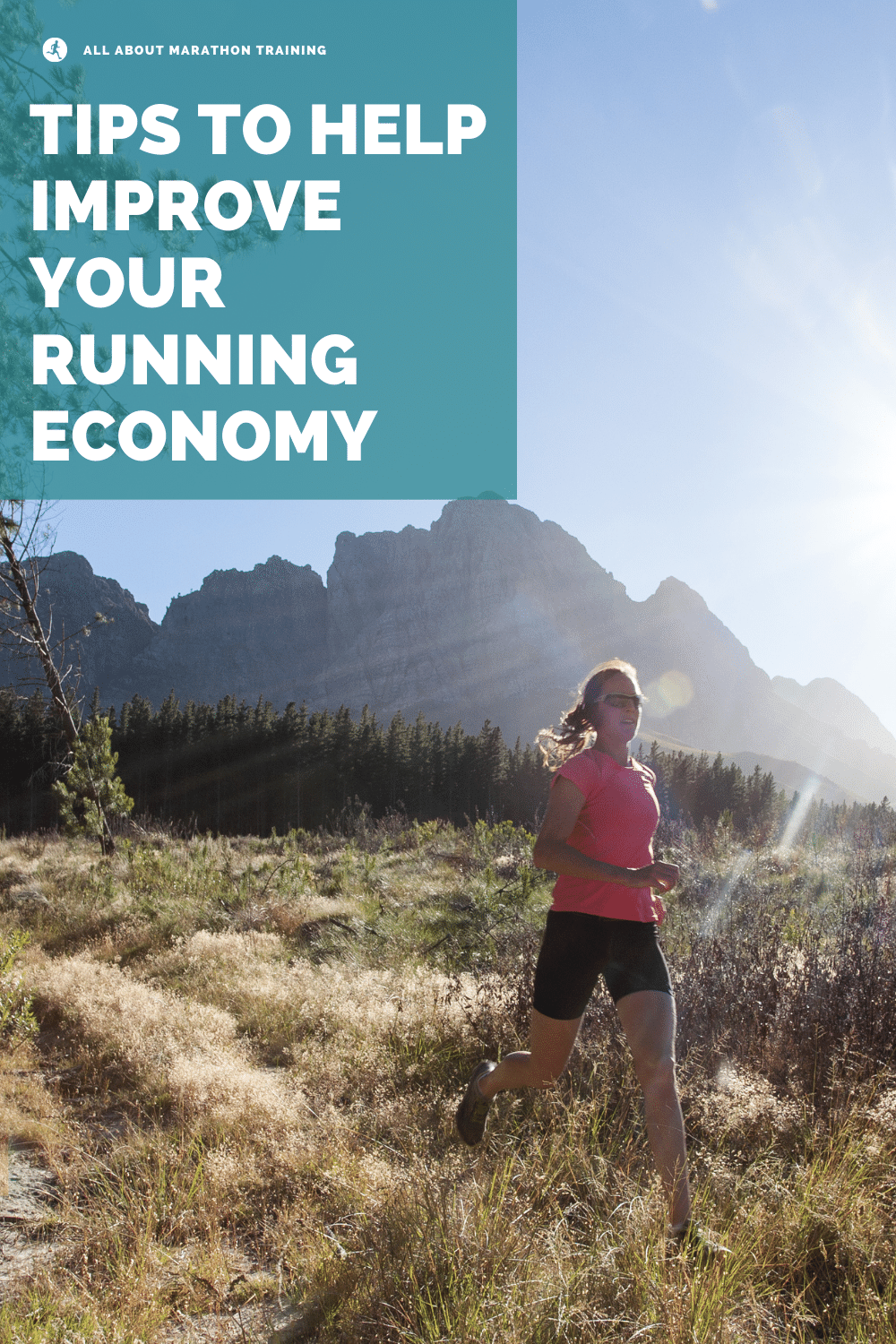


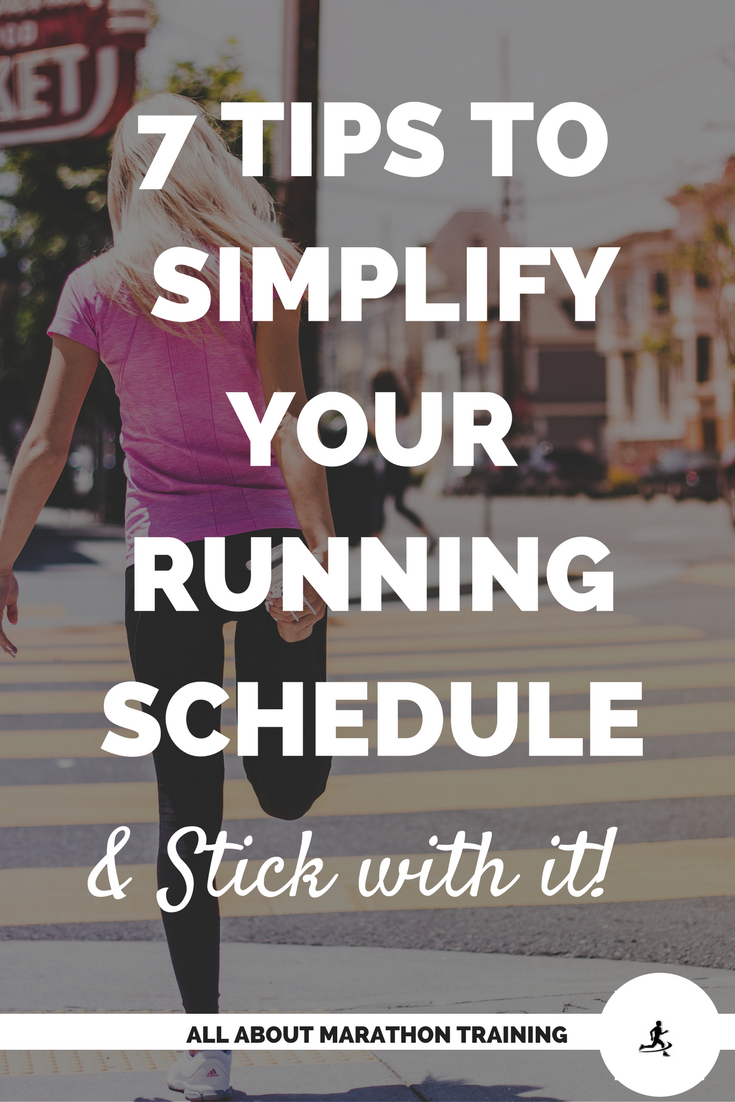
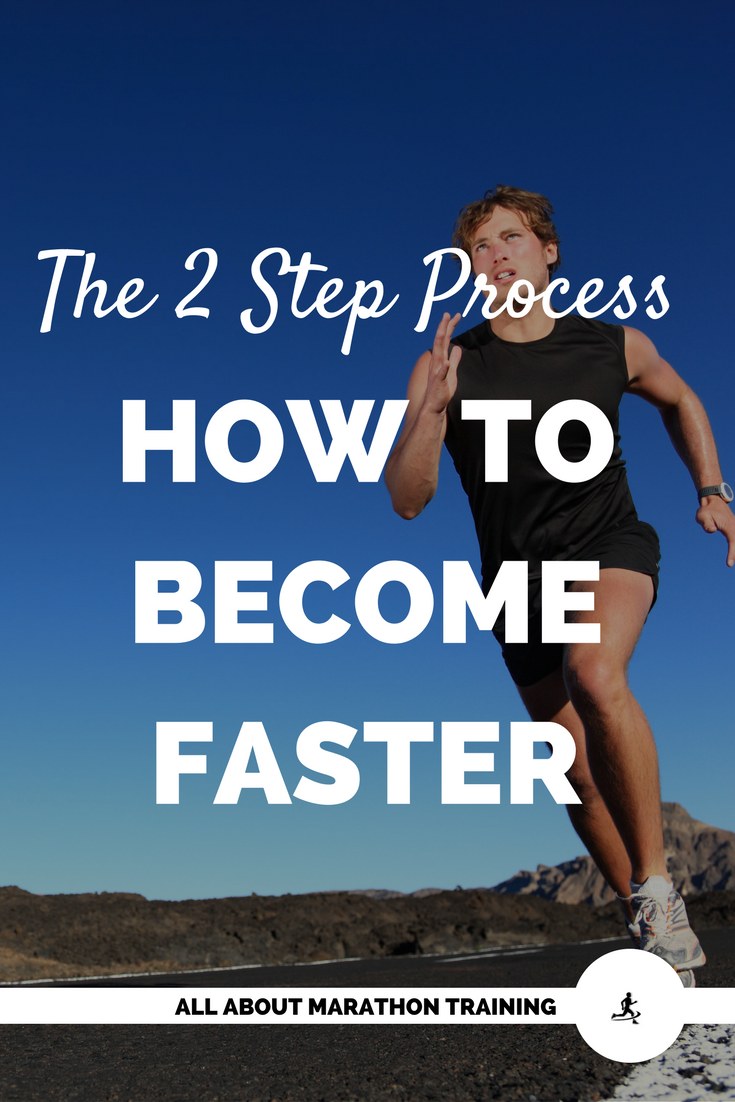

New! Comments
Have your say about what you just read! Leave me a comment in the box below.